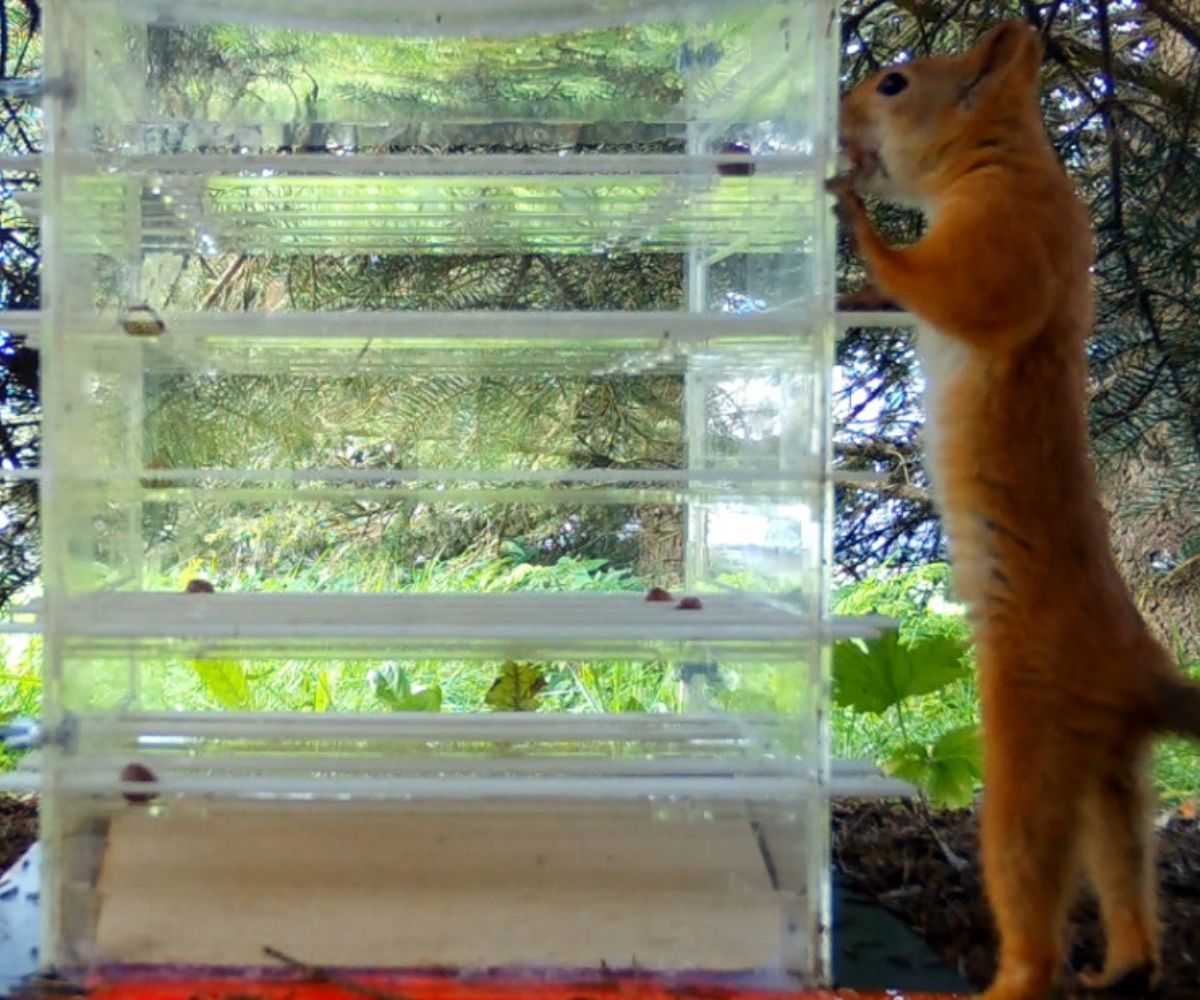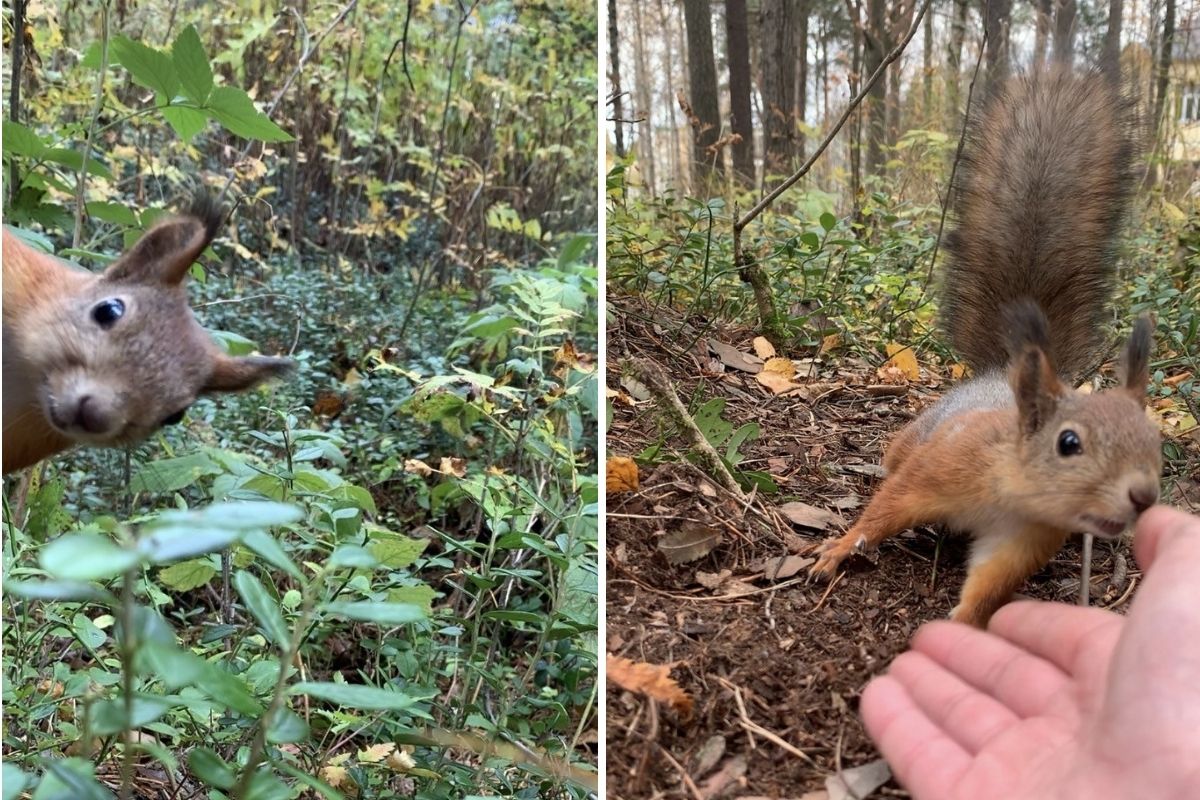New research increases understanding of how urban squirrels think and react to humans
How human activities negatively affect urban red squirrels’ problem-solving skills and potentially their chances of thriving is revealed in newly-published research from the universities of Chester and Oulu.

Researchers have looked at the ways different levels of human presence and types of human activity - walking, dog walking, cycling, and playground activities - in addition to how close they are, influence squirrels’ innovative problem-solving ability.
Problem-solving is regarded as an important cognitive trait, and part of how squirrels and other wildlife acquire, store and use information to react to the environment.
While squirrels are known for problem-solving and resourcefulness, and previous studies have examined how stressful urban environmental characteristics are for squirrels such new evidence is needed as investigations on the impact of varied types of human activities on their minds and behaviour remain limited.
Across 15 green spaces in urban areas of Oulu, Finland, the team from the University of Chester and the University of Oulu, monitored the effects of human intensity and activity on the proportion of Eurasian red squirrels who could solve a novel problem - extracting hazelnuts from a puzzle box by pushing and pulling levers. Solving the puzzle also required them to change from their typical foraging pattern in trees, to the ground.
The team measured solving success at the site level, individual level, as well as how fast individuals were in releasing the hazelnuts.
The findings, published in the Behavioral Ecology journal, showed that overall, greater human presence significantly reduced the number of squirrels that solved the task, both at the site and individual level. Playground activity had the most negative effect overall, while walking significantly reduced the chances of an individual squirrel solving the puzzle.
The results highlight that human presence and activity are stressors for urban squirrels and that squirrels perceive humans as potential threats.
The impact of playground activity could also be attributed to loud noises masking the ability to detect predators.
However, for those few that were successful first time, dog walking led them to solve the task faster which may be an adaptive strategy to avoid predators.

Dr Pizza Ka Yee Chow, Lead Researcher and Senior Lecturer in the Division of Psychology at the University of Chester, recently presented the research at Behaviour 2025, the 38th International Ethological Congress, in Kolkata, India, sponsored by the International Union of Biological Sciences.
She said: “Our field experiment demonstrates that human intensity and activities, most notably walking, dog walking and playground activity, significantly affect Eurasian red squirrels’ performance in solving a novel food-extraction task.
“The research has identified specific features of human activity that likely exert pressure and shape urban wildlife cognition, which can help us understand the traits and mechanisms that enable urban wildlife to adapt to or thrive in urban environments.”
Dr Olli Loukola, a collaborator at the University of Oulu, shared more on the findings: “Our motion-triggered cameras revealed that nearly two-thirds of dog walkers ignored the leash law in public parks in Oulu. While Finns are usually great at following rules, it seems many simply don’t realise that letting dogs roam freely can stress out urban wildlife. This study helps raise awareness of how small everyday choices can affect animal behaviour.”
Dr Chow added: “Importantly, our results may be useful for evaluating or tightening existing urban management and policy, such as leash laws or pet‑free zones around key foraging sites, which could alleviate stress on urban squirrels and other wild animals.”
To read the research paper, Impact of Human Presence and Activity on Urban Eurasian Red Squirrels' Innovative Problem-Solving, in full, please visit the Behavioral Ecology website.